Have you encountered the A28 code on your Carrier reefer unit? This perplexing error can disrupt the refrigeration process and leave you wondering how to restore optimal functionality. But fear not, as we are here to guide you through the process of fixing this code and getting your Carrier reefer back on track.
Refrigeration issues can be a significant headache for any business that relies on Carrier reefers to transport perishable goods. The A28 code specifically indicates low suction pressure, which can result from various underlying problems. Understanding the causes and exploring effective solutions is crucial in resolving this issue and ensuring seamless operations.
Key Takeaways:
- The A28 code on a Carrier reefer unit signifies low suction pressure.
- Possible causes include refrigerant leaks, a faulty expansion valve, a blocked drier, and more.
- To troubleshoot the A28 code, check for leaks, inspect the expansion valve, and clean the condenser coil.
- Regular maintenance, such as pre-trip inspections, can prevent the occurrence of the A28 code.
- If you’re unable to fix the A28 code, seek professional assistance to ensure proper repair.
Possible Causes of A28 Code on Carrier Reefer
The A28 code on a Carrier reefer unit can have several common causes. Identifying these causes is crucial in resolving the issue and ensuring the proper functionality of the reefer unit. Here are some potential reasons behind the A28 code:
- Low refrigerant level: Insufficient refrigerant can lead to low suction pressure, triggering the A28 code. Checking the refrigerant level and replenishing it if necessary can help resolve the issue.
- Faulty expansion valve: A malfunctioning expansion valve can cause improper refrigerant flow, resulting in low suction pressure. Checking the expansion valve for any faults and replacing it if needed can help fix the A28 code.
- Blocked drier: A clogged or blocked drier can hinder proper refrigerant flow and cause low suction pressure. Ensuring the drier is clean and free from any debris or contaminants can help resolve the issue.
- Malfunctioning liquid solenoid valve: If the liquid solenoid valve is not functioning correctly, it can affect the refrigerant flow and lead to low suction pressure. Verifying the functionality of the valve and replacing it if necessary can help resolve the A28 code.
- Dirty condenser coil: A dirty condenser coil can impede heat transfer, leading to inefficient cooling and low suction pressure. Cleaning the condenser coil regularly can ensure proper functionality and help fix the A28 code.
Addressing these potential causes can assist in resolving the A28 code issue on your Carrier reefer unit. By troubleshooting and addressing each possible cause, you can ensure optimal performance and prevent any further disruptions in the refrigeration system.
Image: Diagnostic tools used for identifying a28 code issues in Carrier reefer units.
Troubleshooting the A28 Code on Carrier Reefer
To troubleshoot the A28 code on your Carrier reefer unit, follow these steps:
- Check for refrigerant leaks and recharge the system if necessary.
- Inspect the expansion valve and replace it if faulty.
- Clean the condenser coil to improve cooling efficiency.
- Verify the functionality of the liquid solenoid valve and replace if needed.
- Perform a pre-trip inspection to ensure all electrical components are functioning properly.
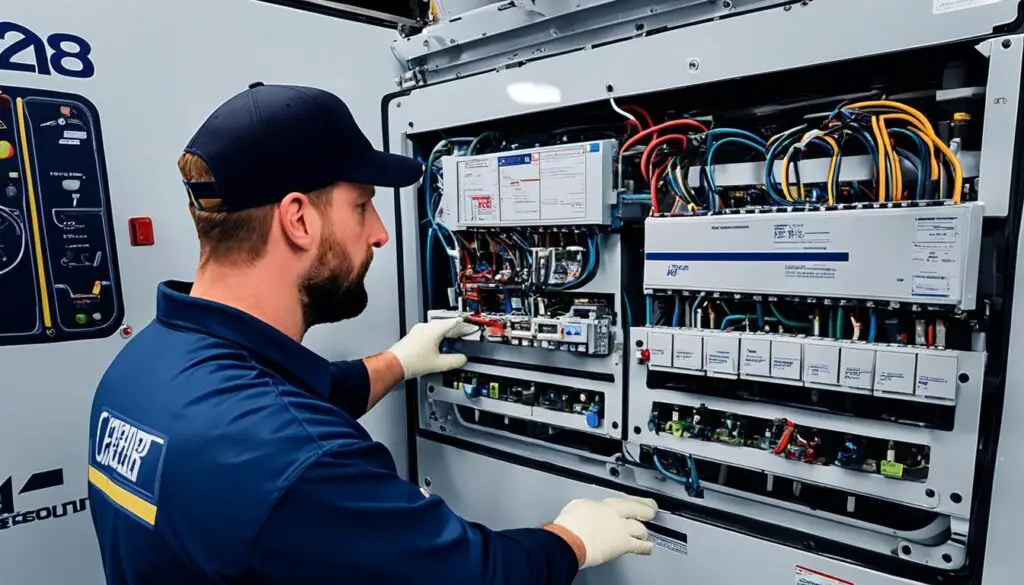
By following these troubleshooting steps, you can effectively resolve the A28 code issue on your Carrier reefer unit.
Conclusion
Fixing the A28 code on a Carrier reefer unit is crucial for maintaining proper functionality and preventing cooling issues. By identifying the possible causes and following the troubleshooting guide, you can successfully resolve this common refrigeration error. Regular maintenance, such as cleaning the condenser coil and conducting pre-trip inspections, can help prevent the occurrence of the A28 code.
If you are unable to fix the A28 code on your own, it is recommended to seek professional assistance to ensure the proper repair and functioning of your Carrier reefer unit. Their expertise and experience will help diagnose and resolve the issue more efficiently. Remember, it’s essential to address the A28 code promptly to avoid any potential damage to your refrigeration system and ensure the safe transport of perishable goods.
Don’t let the A28 code on your Carrier reefer unit disrupt your operations. With the right troubleshooting steps and maintenance practices, you can keep your reefer unit running smoothly and avoid costly downtime. By taking proactive measures to address the A28 code and implementing preventive maintenance, you can optimize the performance and reliability of your Carrier reefer unit and ensure the preservation of your cargo.
FAQ
What does the A28 code on a Carrier reefer unit indicate?
The A28 code indicates low suction pressure in the unit.
What are some common causes of the A28 code on a Carrier reefer unit?
Some common causes include low refrigerant level, a faulty expansion valve, a blocked drier, a malfunctioning liquid solenoid valve, or a dirty condenser coil.
How can I troubleshoot the A28 code on my Carrier reefer unit?
To troubleshoot the A28 code, you can start by checking for refrigerant leaks and recharging the system if necessary. You should also inspect the expansion valve, clean the condenser coil, verify the functionality of the liquid solenoid valve, and perform a pre-trip inspection of all electrical components.

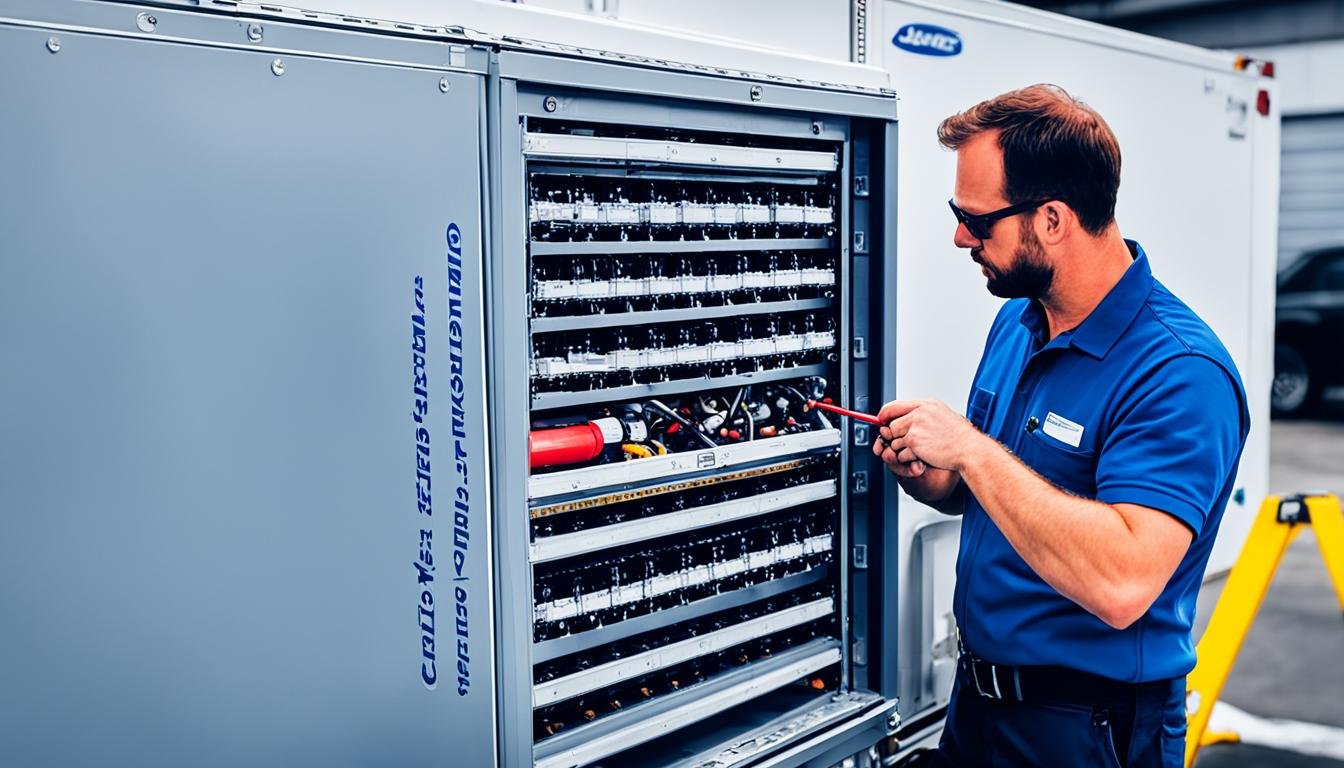
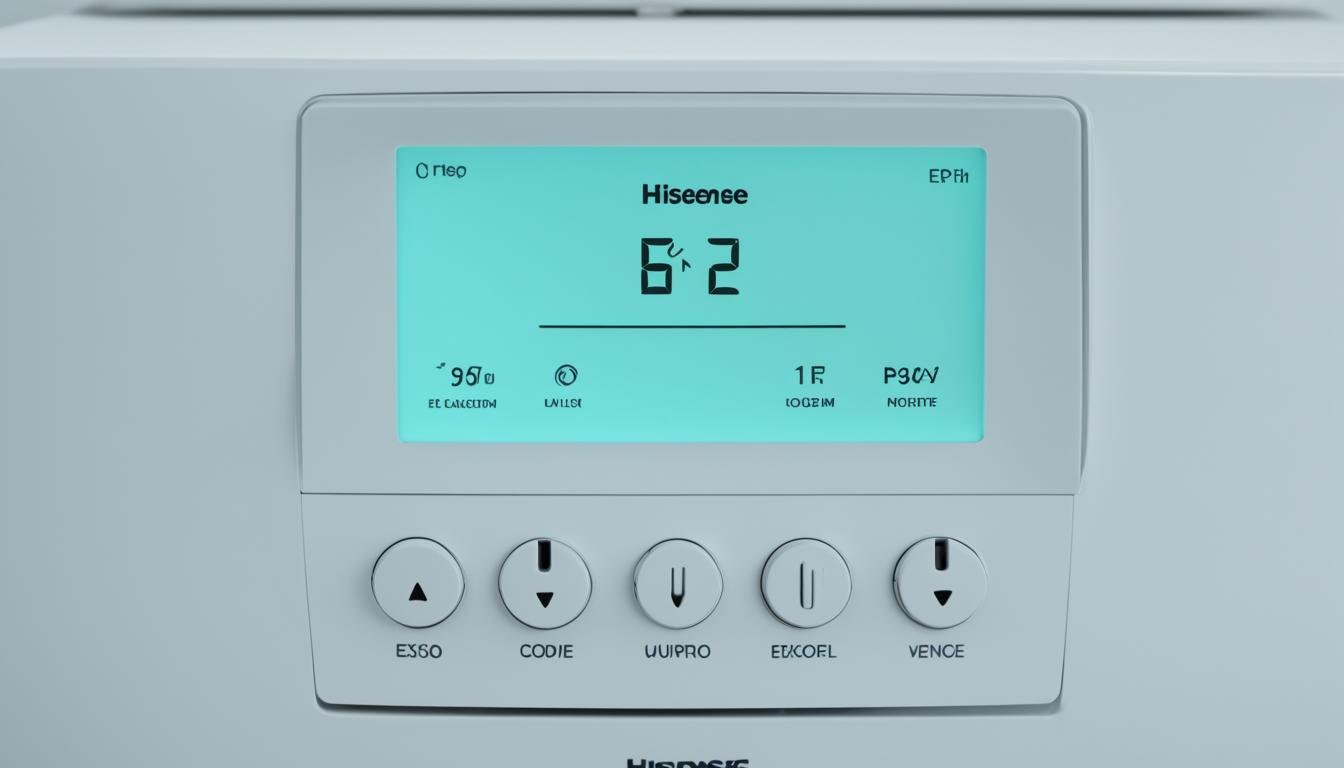
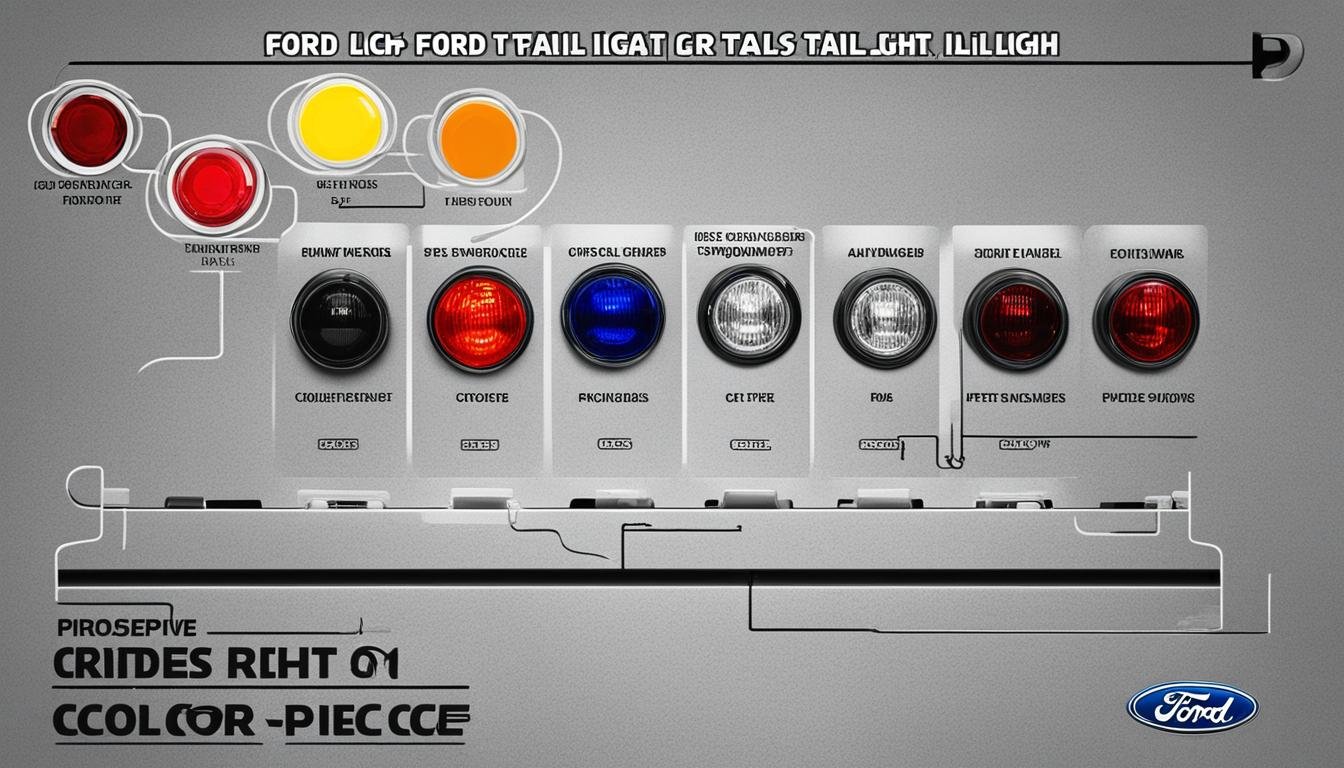
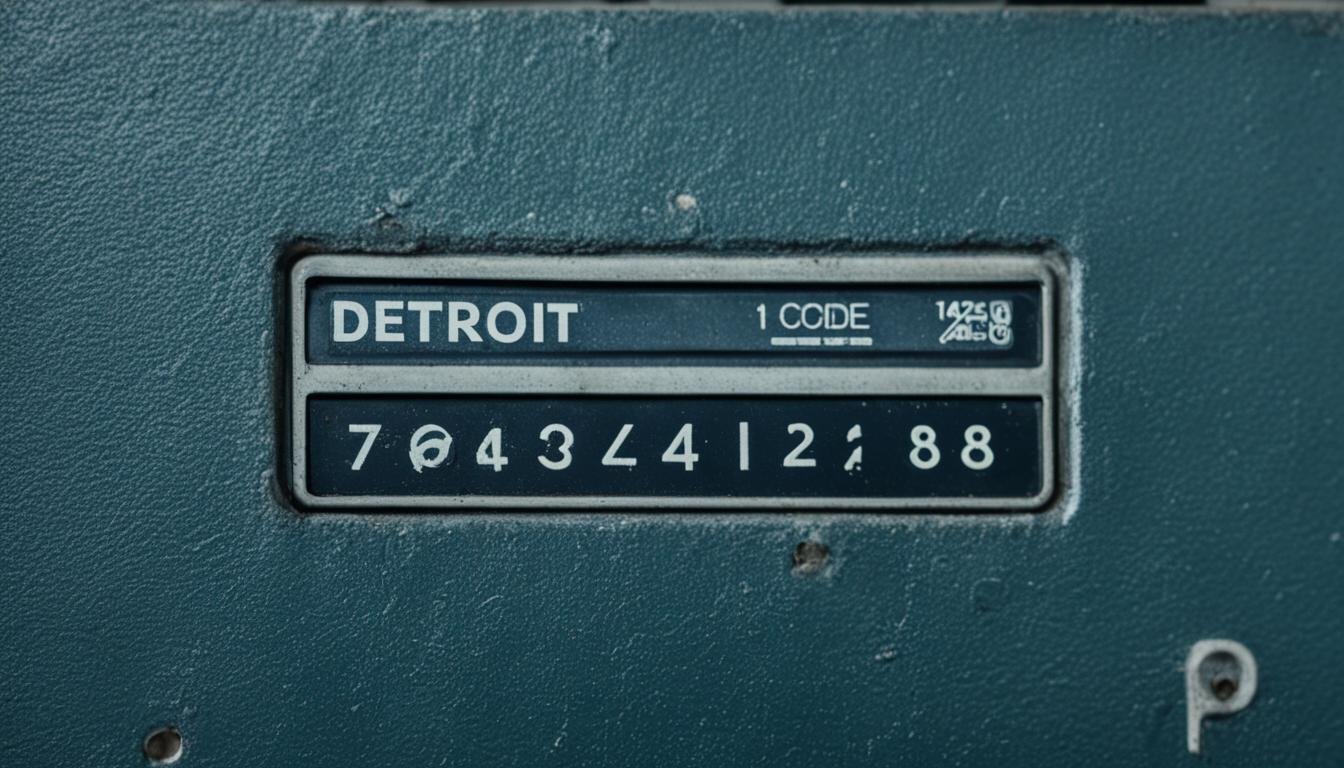

Leave a Reply